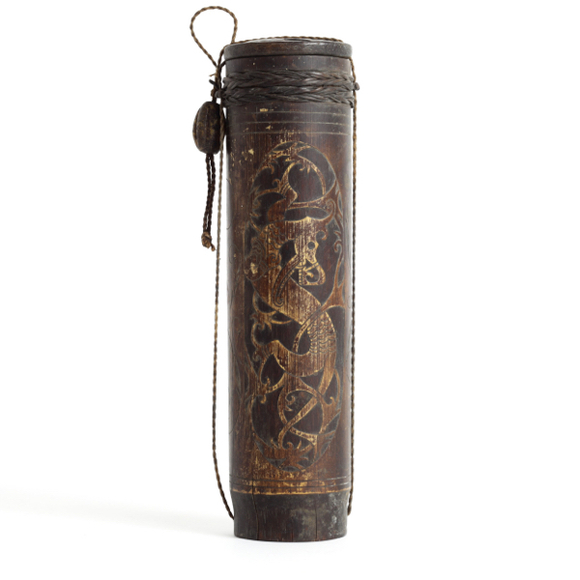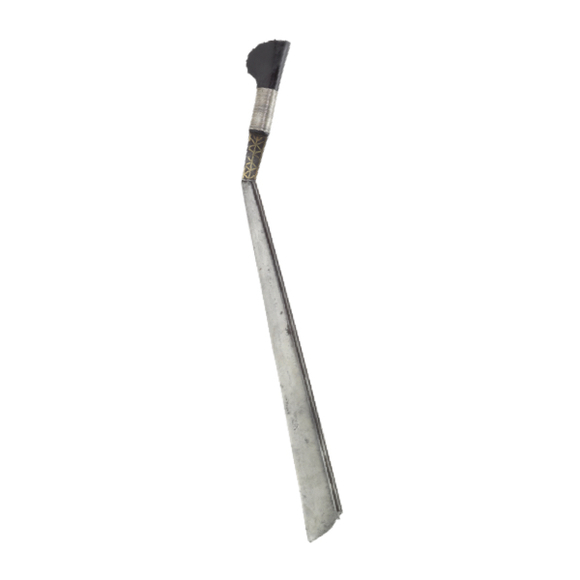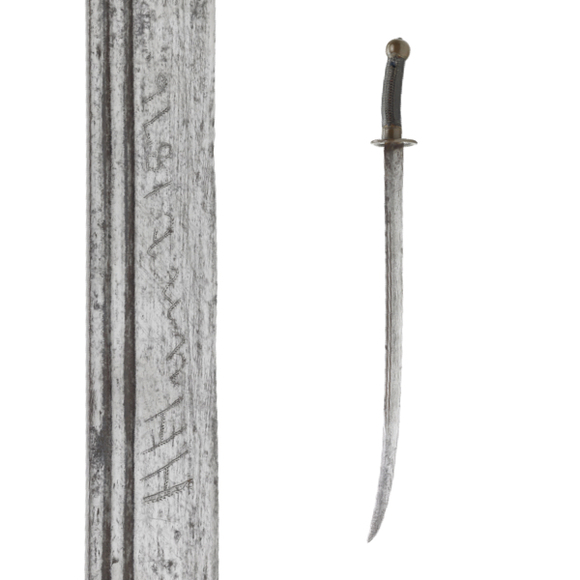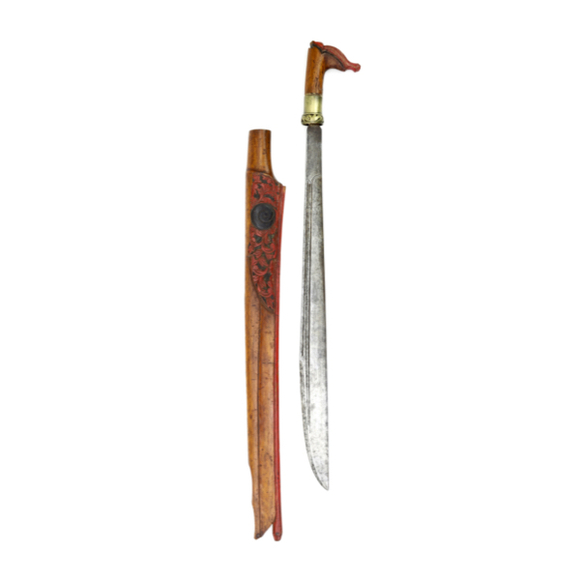Language: Indonesian
Source: In common use
Description
Dayak comes from the local word daya meaning "savages", a term used by coastal Malay people of Borneo to describe the natives in the interior. Linguistically they are part of the group of the Austronesian languages, and their religion used to be mainly animism although many have since converted to Islam or Christianity. Dayak are well known for their headhunting practices that continued for some tribes even into the 20th century.
Dayak groups
The Dayaks can be divided into seven main groups, with each many subgroups:
1. Ngaju
Greater Batang Baiju, Lesser Batang Baiju.
(Central Kalimantan.)
2. Ot Danum
Most important group in the upper Melawi River.
(Upper reaches of south Kapuas River, and along the Schwaner range, bordering West Kalimantan and Central Kalimantan.)
3. Apo Kayan-Kenyan
Subdivided in Kayan Dayak, Kenyah Dayak, Bahau Dayak.
(Sarawak, East Kalimantan and North Kalimantan.)
4. Iban (Sea Dayak)
(Sarawak, Brunei, West Kalimantan)
5. Kadazan-Dusun
(Sabah)
6. Punan
(Sarawak)
Dayak swords
The Dayak are best known for their headhunting swords, which most collectors call mandau, a name popularized by Carl Alfred Bock in his 1882 publication. Locally the sword went by several other names.
Parang ilang in the Kayan language. (The most widely used name.)
Duku apang by the Iban (Sea Dayak).
Baieng by the Kenyah.
Bandau by Lun Bawang
A characteristic feature of the mandau, a.k.a. parang ilang, is that for a right-handed person the blade was hollow ground on the left side, and convex on the right side. Sometimes the opposite is encountered, made for a left-handed person.
For more information, see my glossary article: mandau.
Important sources on Dayak people and their weapons
(Arranged per date)
Carl Alfred Bock; Head-hunters of Borneo: a narrative of travel up the Mahakkam and down the Barito; also, Journeyings in Sumatra. London, S. Low, Marston, Searle, & Rivington. 1882.
Dr. Wilhelm Hein; Indonesische Schwertgriffe. Annalen des k.k. naturhistorischen Hofmuseums 14. 1899. Pages 317-358. A richly illustrated German language work on Indonesian hilts. Available online.
Dr. H.H. Juynboll; Catalogus van 's Rijks Ethnographisch Museum. Deel 2: Borneo. 1910. Pages 202-247. A thorough description of a number of pieces in the Dutch ethnographic museum.
Dr. A.W. Nieuwenhuis; In Centraal Borneo. Reis van Pontianak naar Samarinda. Leiden, E.J. Brill, 1900. 2 volumes. Volume 1 page 223 described deer antler sword hilt production. Volume 2 page 366-269 describes sword production and decoration with accompanying plates.






